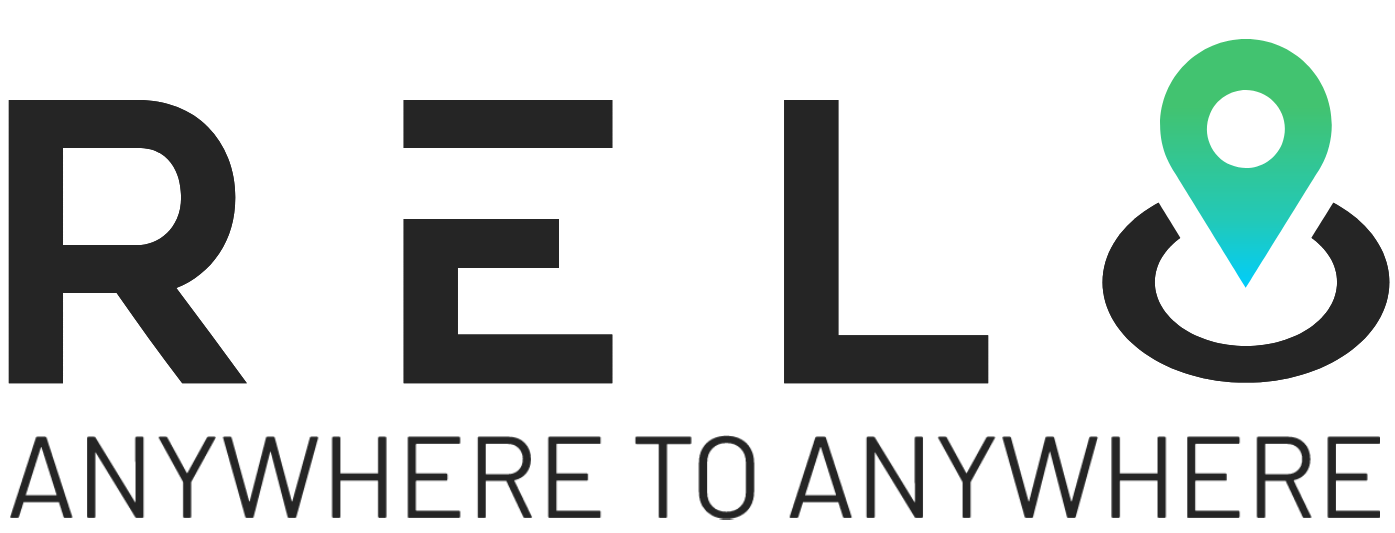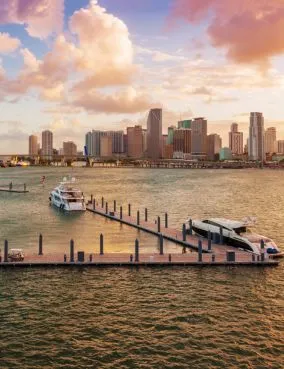Retiring by 30 is not a fantasy. It is a method. And methods leave behind footprints. This once-absurd notion has growing followers across America and many parts of the world. Many live without alarm clocks, morning commutes, or 401k stress. They are not lottery winners. They are planners. To retire by 30, one does not need a six-figure inheritance. One needs six-figure clarity.
You must make early decisions, build stubborn habits, and sharpen an economic sensibility that schools rarely teach. But those who follow this path often do not wait for anyone to teach them.
Now, the real work behind that freedom comes into focus.
Is it Possible to Retire by 30?
Yes, and people are already doing it. Retiring by 30 may sound like a fantasy, but for many individuals, it is a deliberate outcome of financial discipline, strategic saving, and lifestyle design. This path does not require luck or a massive inheritance. It requires intentional choices made early, such as avoiding debt, living below one’s means, investing aggressively, and generating multiple income streams.
These decisions compound over time, turning modest salaries into financial freedom by the time one is in their twenties. The question is not if someone can do it, but how strongly they commit to it.
People who retire by the age of 30 often start planning in their teens or early twenties. They adopt habits that reject consumer pressure and focus on long-term gain.
The Making of a Goal Before It Is Too Popular
The movement gained traction with the FIRE community Financial Independence Retire Early. What began as blog chatter in the early 2010s evolved into a disciplined lifestyle. A 2018 study by Northwestern Mutual revealed that 21% of Americans believed they would not retire until at least 70. Yet a growing subset planned for freedom decades earlier.
Retire by 30 adherents took a different route. They adopted minimalist consumption habits, chased high savings rates, and invested every excess dollar. While the average American savings rate hovers around 7%, according to the US Bureau of Economic Analysis, FIRE-driven individuals often save over 50% of their income.
This pursuit does not begin at 25. It starts with the first paycheck. If not there, then the next. But the timeline only works for those willing to trade indulgence now for freedom later.
? Related – 15 Reasons Early Retirement Abroad Might Be the Best Financial Move of Your Life
Exit Plan Timeline for Financial Independence
A financial goal without a timeline stays a dream. Those who retire by 30 often reverse engineer their path, setting goals for each stage. From 18 to 30, every year, strategic decisions are made. It means choosing degree programs with a high return on investment (ROI), avoiding student loans, and entering careers with upward mobility.
By age 22, the goal becomes maxing out contributions to retirement accounts and identifying side hustles with compound potential. By 25, the target is owning assets, not liabilities. It includes avoiding car leases, luxury rentals, and lifestyle inflation. They often share housing, split expenses, and track every dollar.
A successful exit by 30 typically requires hitting major net worth milestones.
For example, accumulating 250000 by 25 sets up a realistic shot at 750000 by 30 if investments exceed inflation. This progression requires precision but not perfection. And those who miss 30 often hit it at 32 or 33, which is not a bad outcome.
Living on Half, Investing the Rest
Retiring requires not just saving money but stacking it. It begins with something as dry as a spreadsheet. Every recurring cost, from coffee habits to car payments, gets a hard look. The question is not “Can I afford this?” but “Do I want to keep working for 30 more years to pay for it.”
Many who retire by 30 use the 25 times rule, multiplying their annual spending by 25 to estimate the amount needed to achieve financial independence. That becomes your financial freedom number. Spend 30000 a year. Then 750000 becomes the goal. With that stashed into diversified low-fee index funds yielding 4% annually, one can live indefinitely on returns.
Vanguard research shows long-term annualized returns of 7% for balanced portfolios. Subtract inflation taxes and conservative wiggle room, and 4% becomes the golden drawdown rate. Those who reach that nest egg do not stop working. They stop needing to work.
Income Stacking, Not One Gig at a Time
Salaries alone rarely cut it. Multiple income streams become the lifeline. Freelancers, coders, marketers and consultants create digital revenue engines. Others turn rental income dividend investing or online businesses into self-fueling machines.
Statista says the number of gig economy workers in the United States is estimated to be 59 million in 2023. Many of them are not chasing traditional job ladders. They are building cash flow ladders. It is a ladder with rungs of Amazon Kindle books, Shopify stores, SaaS subscriptions and affiliate marketing.
You build an income that does not depend on your work hours. Retire by 30 means waking up when the income arrives, logged in or not.
?♀️ Also read – What Should be a Good Monthly Retirement Income?
What Retire by 30 Really Looks Like
Retirement does not mean hammocks and beach chairs. Not here. In this context, retirement means freedom to choose projects, not to escape all work. Many who reach financial independence go on to write books, start nonprofits, or mentor startups. Early retirement brings its own emotional challenges. Silence often follows the last day of work. Family may pass quiet judgments. Reinvention becomes necessary.
But the tradeoff is undeniable time sovereignty. Every day becomes a blank canvas. You wake up without an alarm, but not without direction. You might learn a new language, travel slowly through unfamiliar cities, or build something that matters. The real win is control. Not leisure.
You realize the biggest shift when you stop expecting fulfilment to arrive with an empty calendar. You must still create a structure, set goals, and challenge yourself. Freedom demands discipline. Without it, freedom turns into drift.

Rethinking Retirement and What Comes After the Money
Financial freedom without emotional preparation creates drift. Many early retirees report an identity crisis once the routine of employment disappears. After years of optimization, they wake up to unstructured days and unanticipated questions. What now? Who am I without a career?
Some take up slow travel. Others volunteer to write or join causes they never had time for. Many start podcasts, launch communities, or support local businesses. The post-retirement journey is less about money and more about meaning. Those who thrive after 30 often do so because they created a purpose map, not just a financial one.
Support networks matter. Local meetups of FIRE groups, online forums, and creative circles prevent isolation. The best retirees are not the richest. They are the ones who replace pressure with passion.
Why So Few Actually Do It
Most people never attempt because it requires disobedience. Disobedience to debt culture. Disobedience to lifestyle inflation. It means rejecting promotions if they delay freedom. It means skipping new cars for used Hondas and avoiding social pressure to upgrade.
The Federal Reserve’s 2023 Consumer Credit report revealed that the average credit card balance in the US surpassed $6,580. Those who retire by 30 keep their balances at zero. They do not chase status. It chases the margin. The margin for mistakes. The margin for meaning.
It ignores mass consumer signals and lives on financial blueprints others dismiss as radical. It is not a comfortable road. People often mock it. But that noise quiets when one logs off Slack at 29 and never needs to return.
The Role of Geography, Geoarbitrage, and Community
Geography also shapes opportunity. Some cities offer better healthcare, lower taxes, or easier visa pathways for long-term stays. Others attract like-minded individuals pursuing early retirement, creating pockets of support and shared values. Choosing a location is not only about cost but also about building a lifestyle that reinforces your goals. Where you live can either extend your freedom or quietly erode it.
Geoarbitrage is not a buzzword. It is a decision. Those who retire by 30 relocate to lower-cost-of-living cities or countries. A U.S.-based retiree may find Bali, Portugal, or Tbilisi affordable and culturally enriching. Numbeo reports that the cost of living in Chiang Mai, Thailand, is 56% lower than in New York City.
Communities like r/financialindependence on Reddit help people stay accountable. It swaps budget spreadsheets, tax tips, and exit stories. They know the isolation that comes with rejecting mainstream consumption paths. And they build tribes to normalize the new goalposts.
Geoarbitrage and Where $1 Million Lasts Longer
Geoarbitrage allows retirees to stretch their wealth by living in regions with significantly lower costs. By relocating, one does not shrink dreams, only expenses. A million-dollar portfolio in San Francisco may feel thin. In Medellín or Budapest, it becomes luxurious.
Below is an example of estimated monthly budgets for early retirees in five popular cities –
| Location | Monthly Budget (USD) | Annual Cost |
| San Francisco, USA | $5,000 | $60,000 |
| Chiang Mai, Thailand | $1,200 | $14,400 |
| Lisbon, Portugal | $2,000 | $24,000 |
| Medellín, Colombia | $1,400 | $16,800 |
| Kraków, Poland | $1,800 | $21,600 |
These estimates reflect rent, utilities, food, insurance, and leisure for a single person living modestly but comfortably. You must factor in healthcare, local taxes, and currency fluctuations, but geography still changes the math.
Platforms like Nomad List and Expatistan offer real-time comparisons that help early retirees decide where to go next.
Tax Sheltering, Healthcare, and Other Grown-Up Details
Retiring by 30 requires attention to policy and protection. Healthcare coverage becomes complex. Many opt for high-deductible plans paired with Health Savings Accounts (HSA), which offer triple tax advantages. Others explore ACA subsidies or expat insurance programs abroad.
Tax-advantaged accounts become crucial. Roth IRAs allow penalty-free withdrawals of contributions. 457(b) plans allow withdrawals without early penalties if you leave your job. Knowledge here builds the bridge between quitting and sustaining.
A 2022 Vanguard study showed that the median 401(k) balance for those aged 25–34 was $14,100. For those targeting early retirement, these numbers are not discouraging. They are data points to overcome.
Recommended read – 8 Most Tax-Friendly States for Retirees
What Happens at 31? And Beyond?
Once the work stops, the work begins. Retirees by 30 often find new energy in long-delayed interests. One learns to paint. Another coaches youth basketball. Some travel to experience new cultures and live at a slower pace. Some build startups. Others write full-time.
A 2017 Boston College’s Center for Retirement Research study showed that retirees who stayed mentally active experienced a 32% slower cognitive decline. Early retirees know this. They fill their calendars with purpose, not meetings.
The misconception is that they run from work. In truth, they run to freedom. And with that freedom comes more intentional living, slower mornings, deeper friendships, and less regret.
Frequently Asked Questions About Retiring by 30
1. What tools do early retirees use to track progress?
Popular tools include Personal Capital, YNAB (You Need A Budget), Mint, and spreadsheets customized for FIRE. Many also follow the 4% rule to estimate safe withdrawal rates.
2. Can you retire by 30 if you live in an expensive city?
It is harder but not impossible. Many cut costs through house hacking, remote work, or moving in with roommates. Others save aggressively for a few years and then relocate to lower-cost areas once they achieve their number.
3. What is the biggest myth about early retirement?
You need to hate your job to want out. Many people love their work but still pursue early retirement to gain the freedom to say no, pivot, or explore something new without financial pressure.
4. Can entrepreneurship replace traditional saving for early retirement?
Yes, many people reach financial independence by building businesses that produce income independent of their time. A profitable online business, for example, can become a replacement for a stock-heavy investment portfolio.
5. Is frugality required, or can you spend freely and still retire early?
Frugality plays a big role, especially in the accumulation phase. However, some early retirees increase their spending once they reach financial independence. The key is to control spending early so you have more freedom later.
6. What if you enjoy working? Do you still need to retire by 30?
Early retirement does not mean you must stop working. It means you stop needing to. Many continue to work on passion projects, startups, or creative ventures without the stress of needing a paycheck to survive.
Closing Note
Those who retire by 30 do not chase dopamine. It chases options. They do not wait for some time. You design it daily to reduce dependencies and take full ownership of your time. This life demands an early start, aggressive saving, and a rejection of lifestyle expectations that chain most to 40 years of employment. But it also offers something different in return. It provides a chance to live deliberately before the knees give out and time runs out.
Retire early is a decision to start asking better questions. It is not always easy.
But then again, neither is regret.
Live Free by 30 Without Losing Yourself to the System
Relo.AI aligns your vision to retire by 30 with tools that support smart mobility, location independence, and cross-border flexibility.
If you are optimizing your cost of living, exploring global geoarbitrage, or repositioning for financial freedom, we help you move with purpose.
Schedule a time to discuss a complete early retirement strategy that connects with financial freedom.
We provide complete relocation support to help you move smoothly and match your lifestyle with your financial goals.
Live smarter. Exit faster. And live where your money lasts longer.











